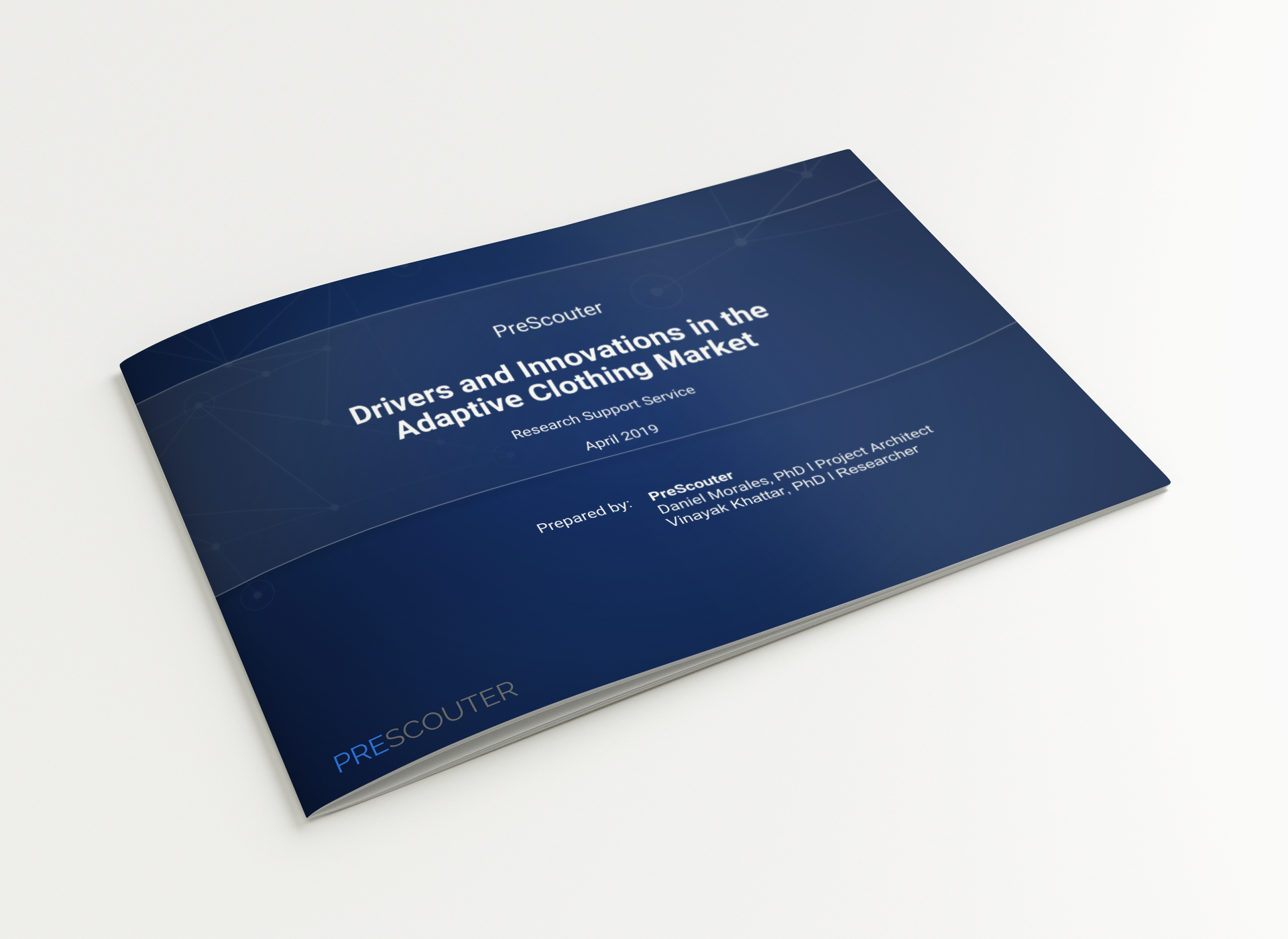Report Highlights:
International fashion industry network FashionUnited estimates that the total apparel market is worth approximately $3 trillion globally, and adaptive clothing represents approximately 1% of the total market – a stat that translates to an opportunity of $30 billion.

Historically, adaptive clothing has existed as a niche industry that has not been integrated with mainstream brands.
Challenges have included:
- The lack of options for adults
- The lack of aesthetically inclusive options
- Inherently higher costs of adaptive clothing due to low production volumes

Key players in the global adaptive market are now widening their focus to offer improvements in fashion and style quotients in addition to the core adaptive functionality provided by the product.
- Brands such as Tommy Hilfiger and Target have been designing such clothes with an emphasis on design, comfort and functionality.
- Other companies are entering the market with an emphasis on technological contributions.

Recent tech developments from multiple verticals, such as increasingly miniaturized and powerful personal electronics, accurate tracking networks, novel textile materials for performance, and low weight/high strength alloys and composites can be leveraged and packaged into functional clothing options that can greatly assist caregivers and enhance the independence of adaptive clothing users.

- In particular, the ever increasing accuracy and precision of biometric data acquisition driven by research in the healthcare sector (glucose monitoring, ECG monitoring, pulse oximetry, blood pressuring monitoring, non-invasive drug delivery patches) present opportunities for inclusion in wearables. Such tech developments in parallel with social shifts in increased inclusivity and decreased ageism are driving growth in the adaptive clothing market.
- Other technologies near commercialization from the academic sector include electronic skins that contain sensors that conform directly to the skin, shape memory polymers for clothing that adapt to their external conditions, and the integration of AI with clothing to enable independent living (medication adherence, medical alerts, etc.).








